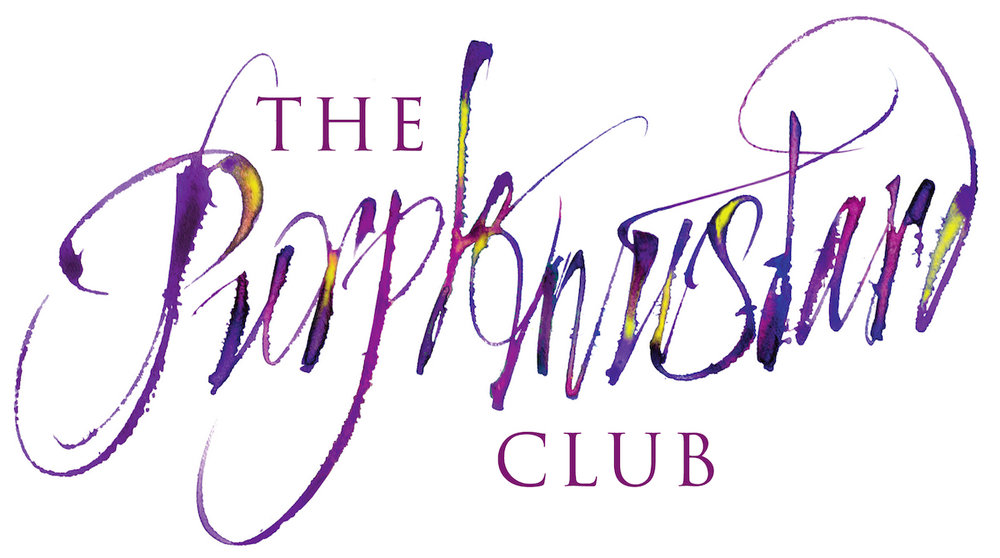The village of Gevrey Chambertin is a mere 13km from the centre of the capital of Burgundy, Dijon. Our guests often ask us if it is worth a visit. It is a very fair question, because seen from afar, the city is not the most inviting. However all who make the trip, say it was excellent.
Getting there
The TGV from Paris Gare de Lyon takes 1.5 hours. Dijon station is small, compact and easy to manage. The car hire companies - Europ Car, Enterprise, Hertz, are all available within the station concourse, and all speak good English. If you are visiting Burgundy for a few days, car hire is recommended, as there are many places to visit that are just not accessible on foot or by train. If you are visiting Dijon by car, try and enter the city from the south, as you then avoid the complicated one way system. There is a good car park on Rue Condorcet, about 250m from the Cathedral St Benigne.
The Owls Trail
The best way to see the city is to follow The Owl’s trail. It sounds a bit naff, but it is an excellent guide to the most interesting parts. You can pick it up almost anywhere in the city centre - small brass owls, set into the pavement every two metres to guide you around the centre. It will take you past the market, around the medieval quarter, and past all the important museums and buildings. If you have parked on Rue Condorcet, then you can pick it up on the pavement opposite the entrance to St Benigne Cathedral.
Dijon v Beaune
It is the history of the city, and its wonderful market, that are the attractions. Today Beaune is the wine capital of Burgundy, but it was not always so. In the 15c Burgundy was approximately 5 times the size it is today, including most of the Low Countries, and land as far south as Nimes. Burgundy was a separate state from the rest of France, and for a period of time, the more powerful of the two. Dijon was the capital, and the magnificent buildings in the old quarter which date back to this period are a powerful witness to the wealth that made the city the European capital of culture. The hills around the city were covered in vines, and from the 6c until comparatively recently, it was Dijon that people visited to find out about and purchase the wines of Burgundy.
The Museums
If you are limited in time, the two most impressive are the Archeological museum, which is housed in the former Abbey attached to St Benigne, and the Musee des Beaux Arts, which has just re-opened after an extensive refurbishment.
Clothes shoppers should stock up in Paris or London before making the trip, but for those with a sweet tooth, Fabrice Guillotte is one of the best chocolate makers in France, and for mustard lovers, Fallot is the last artisan mustard maker in Burgundy, and their shop and tasting room is in the old quarter next to the church Notre Dame. And then there is the market, Les Halles - only on Tuesdays, Fridays and Saturdays. For anyone that loves food, a must visit.
Refreshments
Dijon is full of restaurants and cafes, however our favourite cafe is Comptoir des Colonies http://www.comptoirdescolonies.fr/, and old style coffee house and Dijon institution, near to the market. Next to the market is an excellent bistro DZ ‘Envies http://www.dzenvies.com/, serving local organic fare at reasonable prices, and always full of knowledgeable Dijonais. For something a bit more upmarket but which will not break the bank, try Maison des Cariatides https://www.thomascollomb.fr/la-maison-des-cariatides/, in the old quarter. Very accomplished bistro fare served by a friendly team - the chef used to be an architect, so knows how to structure her dishes!
